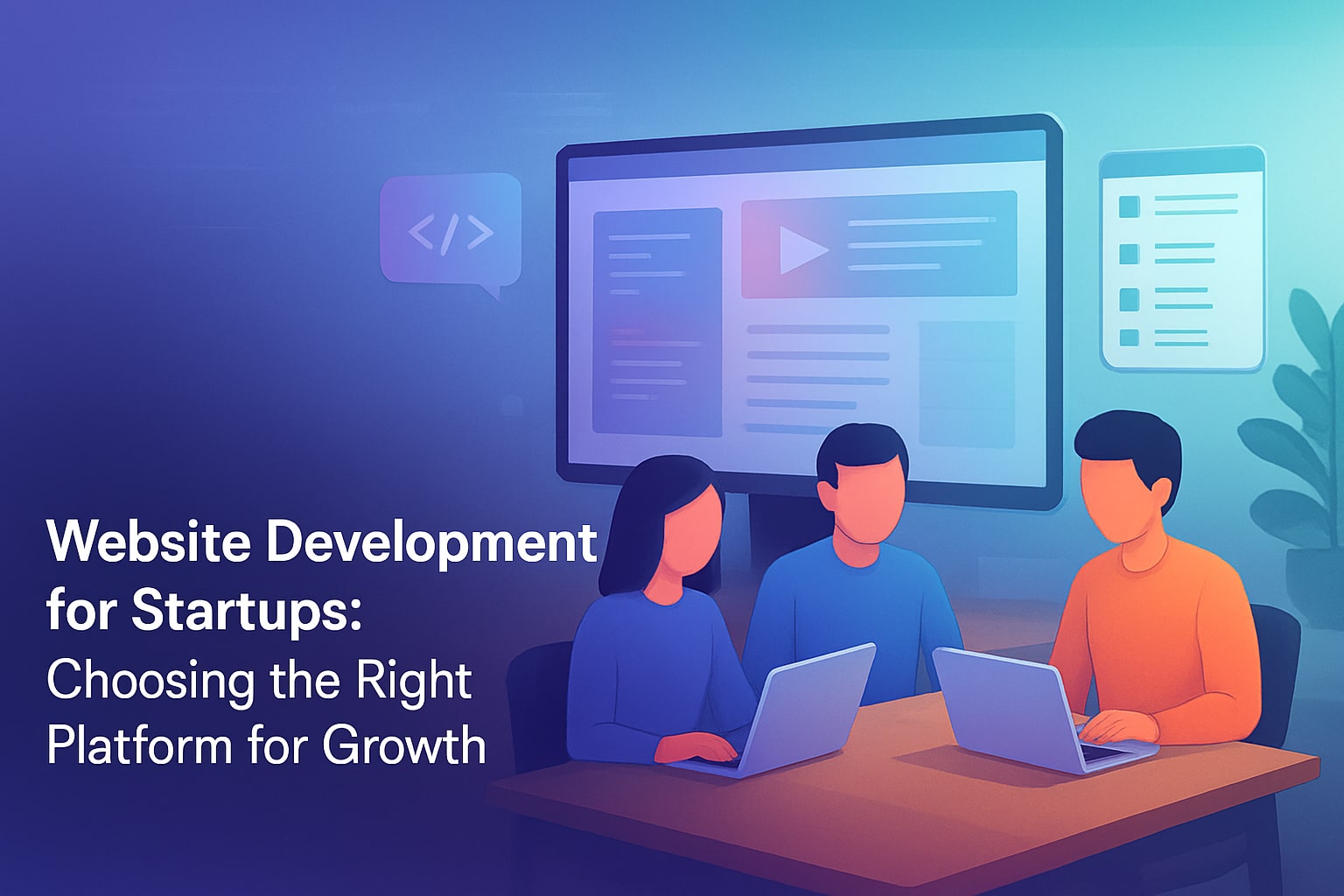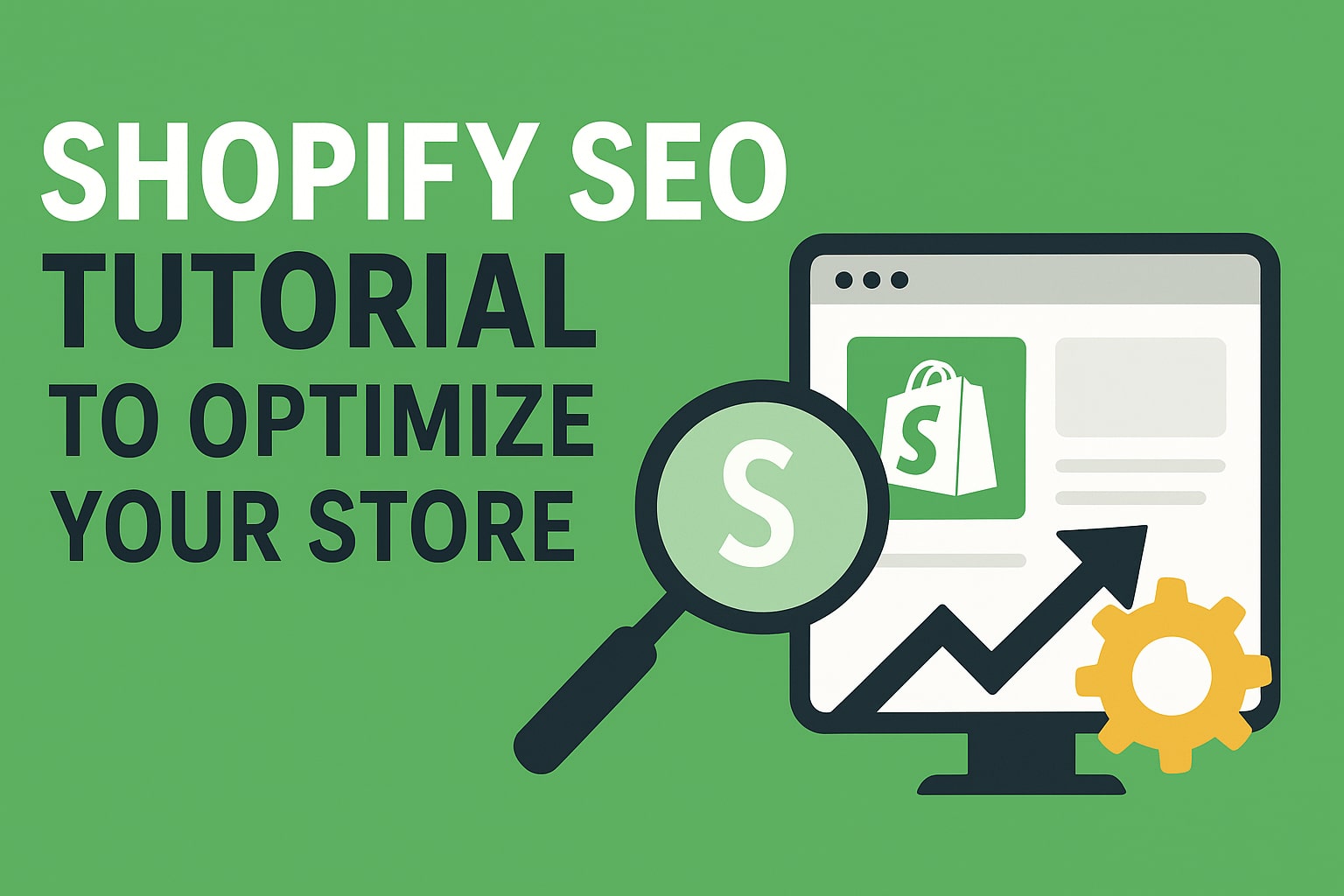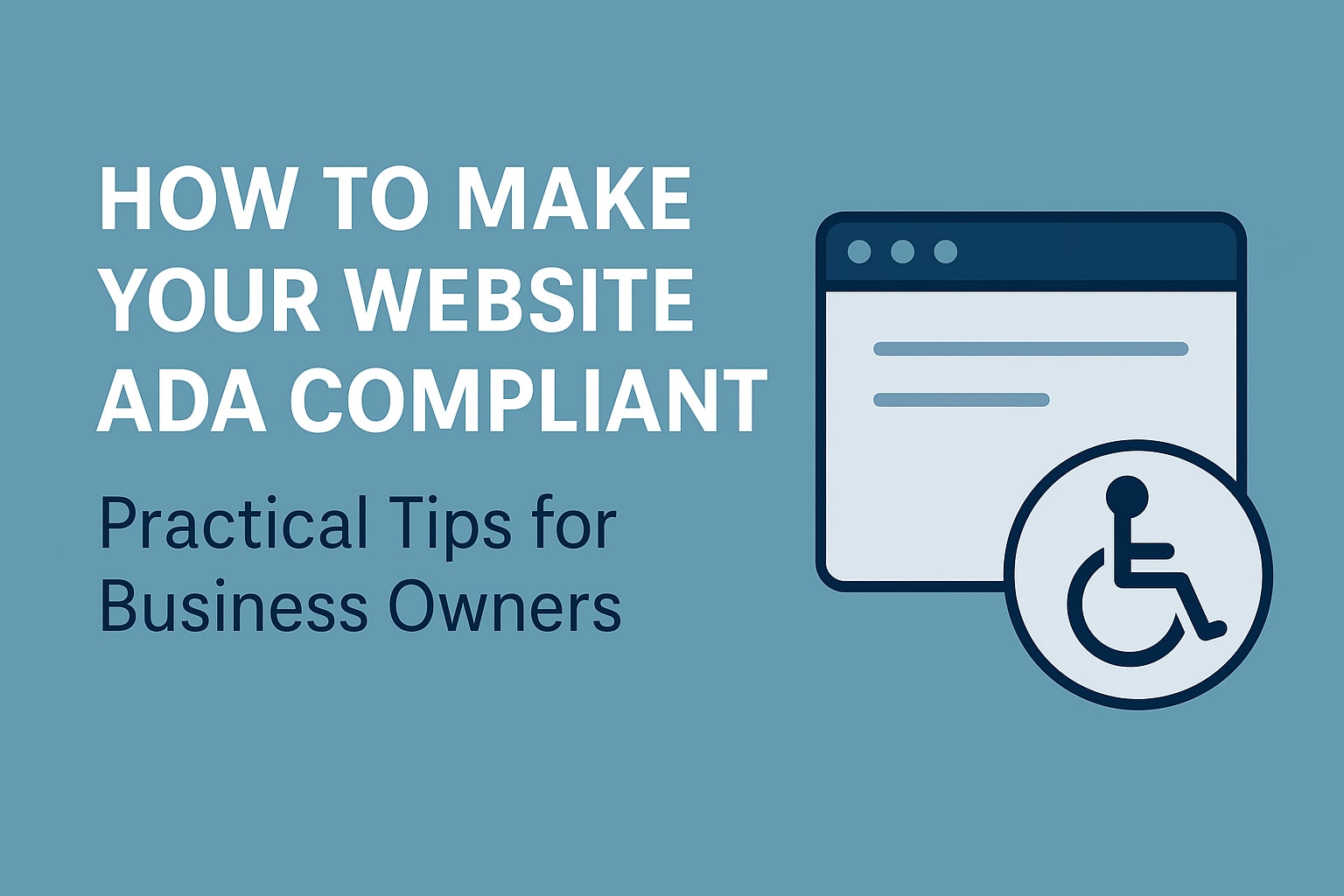
Klaviyo vs Mailchimp: Which Email Marketing Platform Is Best for Your Business?
When it comes to email marketing, few debates are as popular as Klaviyo vs Mailchimp. Both are industry leaders with strong reputations, used by thousands of businesses worldwide. But which platform is the right fit for your business?
The answer isn’t just about choosing the cheapest option. It depends on your business model, goals, and the features you value most – like automation, reporting, segmentation, and integrations.
It our previous article we discussed Klaviyo pricing changes. Today, we’ll compare Klaviyo vs Mailchimp across seven key areas that matter most for Shopify stores and online businesses:
- Ease of use
- Automation
- Integrations
- Reporting and analytics
- Segmentation
- Other features
- Pricing
Ease of Use
A platform’s usability determines how quickly you can build and launch campaigns:
- Mailchimp: Intuitive design with a drag-and-drop editor. New users can create emails fast, and the interface is easy to navigate.
- Klaviyo: Previously seen as complex, Klaviyo now offers a sleek, user-friendly dashboard. Its e-commerce focus provides key insights immediately, ideal for online stores.
Both platforms offer templates. Mailchimp works well for a variety of businesses, while Klaviyo is focused on showcasing products and boosting sales.
Automation
Automation allows campaigns to trigger automatically based on customer behavior:
- Klaviyo: Perfect for online stores. Includes pre-built sequences like abandoned cart reminders, post-purchase follow-ups, and win-back campaigns. You can set custom conditions, such as free shipping for local customers.
- Mailchimp: Offers “Journeys” that are flexible and not limited to retail. Great for events, webinars, or service promotions.
Verdict: Klaviyo excels in e-commerce automation, while Mailchimp is better for non-retail businesses.
Integrations
Integration depth can significantly affect workflow efficiency:
- Mailchimp: Connects with CRMs, design tools, and social media platforms. Additional integrations are possible via Zapier.
- Klaviyo: Built for e-commerce. Deep integrations with Shopify, WooCommerce, BigCommerce, and Magento. Syncs product lists, purchase history, and shopping behavior directly into campaigns.
Verdict: For Shopify sellers, Klaviyo clearly wins here.
Reporting and Analytics
Clear analytics help you make smarter marketing decisions:
- Klaviyo: Tracks revenue per campaign, performance of automated flows, and customer lifetime value. Custom dashboards let you focus on metrics that matter most.
- Mailchimp: Offers basic analytics – open rates, click rates, and audience size – but lacks revenue-specific insights.
For Shopify stores, Klaviyo is the clear choice.
Segmentation
Sending the right message to the right audience drives engagement:
- Klaviyo: Segmentation is easy and powerful. Build groups based on purchase behavior, engagement, location, and more. Target VIP customers or seasonal buyers effortlessly.
- Mailchimp: Offers segmentation, but criteria can be less intuitive, making complex audience targeting more challenging.
Klaviyo, especially for e-commerce targeting.
Other Features
Extra tools can tip the balance:
- A/B testing: Both platforms offer it.
- SMS marketing: Klaviyo supports multiple countries; Mailchimp is mostly limited to the U.S.
- AI tools: Mailchimp includes some AI features.
- Customer support: Both offer support depending on your plan.
Overall, Klaviyo exels in global SMS marketing, while Mailchimp may appeal to smaller businesses with simpler needs.
Pricing
Cost considerations often guide the final decision:
- Klaviyo: Pricing is based on active profiles, with SMS credits extra. Starts around $45/month for small lists. For ~10,000 profiles with email and SMS, expect $150–$165/month.
- Mailchimp: Free plan for up to 500 contacts. Paid plans start at $13/month for Essentials. 10,000 contacts: Standard ~$135/month, Premium ~$350/month.
Mailchimp is generally cheaper for startups and small businesses. Klaviyo is more expensive, but its e-commerce focus and deeper analytics often justify the cost for online stores.
Klaviyo vs Mailchimp: Which Should You Choose?
- If you run an e-commerce business, Klaviyo is the clear winner. Klaviyo wins with Shopify integration, automation, advanced segmentation, and revenue-focused analytics.
- If you run a service-based business, agency, or nonprofit, Mailchimp may be the better choice. It’s simpler, cheaper, and more flexible for non-retail use cases.
Both platforms can deliver great results if used correctly. The key is matching the platform to your business needs.
Conclusion
The Klaviyo vs Mailchimp debate has no one-size-fits-all answer. Mailchimp is affordable and easy to use, while Klaviyo is built for e-commerce with superior integrations, automation, and reporting.
Choosing a platform is just the first step. Setting it up, integrating with Shopify, and running effective campaigns are where the real results happen.
At Digital Octane, we specialize in Shopify development and app integration. We help startups, agencies, and established brands implement both Klaviyo and Mailchimp for long-term growth, from custom app setups to fully automated e-commerce email strategies.
You may also like

Website Development for Startups: Choosing the Right Platform for Growth
Your startup idea is ready to take off – but without a solid online presence, your audience might never find you. With millions of websites out there, building one without a plan can waste time, money, and energy. Smart website development for startups isn’t just about coding – it’s about building a platform that grows…

Shopify SEO Tutorial to Optimize Your Store
Let’s be honest – running a Shopify store without SEO is like setting up a beautiful shop in the middle of the desert. Sure, you’ve got great products, maybe even a sleek design, but if no one can find you on Google, what’s the point? Ten years ago, most e-commerce brands were pouring everything into…

Practical Strategies for ADA Website Compliance Every Business Should Know
If you think ADA website compliance is just about being inclusive – think again. In recent years, thousands of U.S. businesses have been hit with lawsuits because their websites weren’t accessible to people with disabilities. The problem is that some lawsuits aren’t about real accessibility issues, but instead involve law firms seeking settlements. That’s why…

